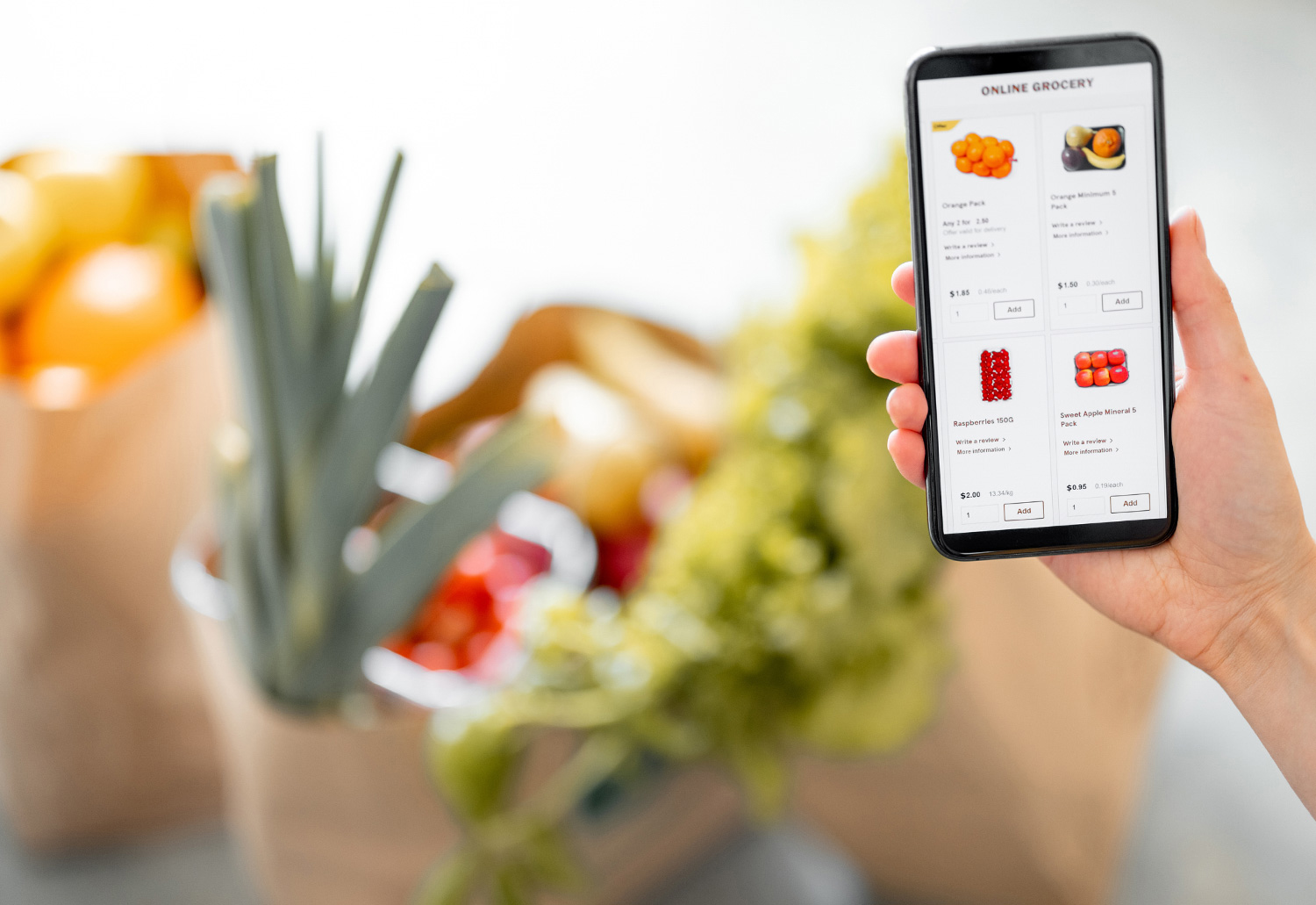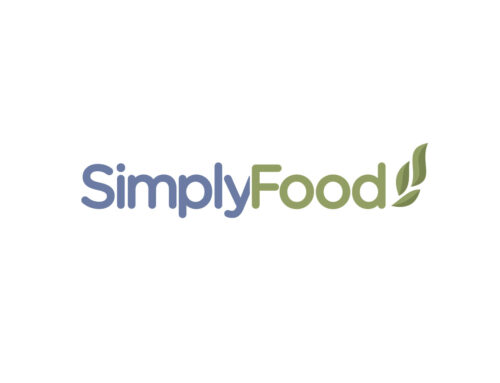Maybe you have noticed. There are a lot of avenues available for consumers to buy food products now. Not long ago, we used to load up the kids and drive to the grocery store for a fun-filled shopping experience the whole family could enjoy. Or, if we were extremely lucky, we would get to witness the greatest temper tantrum of all time play out in aisle 9. Up until early 2020, the younger generations already tended to forego this nerve-wracking roll of the dice. Post pandemic, however, even those in older generations have recognized the benefits of shopping for food outside of the norm.
Sell Food on Amazon and Other Food Marketplaces
In this, there is both good news and bad news for food producers. The good news is that the fight for literal shelf space is no longer a make-or-break moment in the life of a food company. There are a multitude of ways to get your food products into the marketplace. The amount of choices for consumers in their selection of food products has sky-rocketed with these new market channels. As a food processor, you can choose to sell via your own eCommerce site, through a general marketplace like Amazon or Walmart, or on some of the up-and-coming online food-specific marketplaces such as Fresh Direct, Thrive Market, Hungryroot, or any combination of those. And you may still choose the old-fashioned way as well. The point is, you have choices and that is always a good thing.
The bad news is that you have choices. Yes, I just said the same thing was both good and bad. Here is why. More choices mean more headaches to handle orders, manufacture a product, fulfill shipments, and collect payments—and more headaches when it comes to making sure that all of those processes happen exactly the way each of those market channels wants them to happen. More bad news, there is almost no standard in place to guide you. In other words, if you were looking for an easy button, you are out of luck. Ecommerce platforms such as Shopify and BigCommerce have tried to offer middleware to help out with getting all of the orders funneled through a single commerce point of reference, but that is proving difficult and their offering is always changing. Not to mention that it puts a lot of ‘cooks in the kitchen,’ just to get orders aggregated and flowing into your ERP system.
It may sound like all of this is a big headache for food producers that want to get their products to market via alternate channels. And that may be true if you fail to select the right ERP partner. SimplyFood software recognizes that this process must continue to be streamlined. We already offer native connections to Shopify and BigCommerce, and similar native connections are being released for Amazon FBA (Fulfillment by Amazon) and FBM in 2022. We are excited about these offerings, and this is a great start. More importantly, we have even more easy buttons planned for the future.




